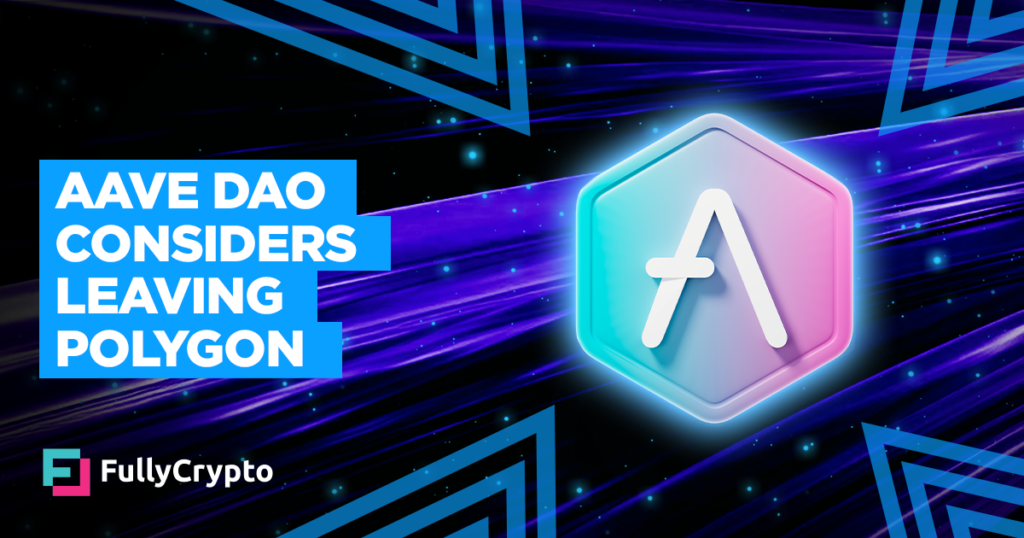
Aave DAO is considering a potential migration away from the Ethereum layer-2 scaling solution Polygon (formerly Matic) due to disagreements over the latter’s recent proposal for yield farming using stablecoin reserves. This move would significantly impact the risk profiles of assets bridged within the platform, according to Aave chain founder Marc Zeller.
In an effort to mitigate these risks, Zeller has proposed adjusting the “risk parameters” for Polygon-powered Aave instances to incentivize migration away from the scaling layer. The suggested changes include reducing the loan-to-value (LTV) ratio for all assets on Polygon-based Aave implementation to 0%, effectively deactivating the option to use bridged assets on Aave, and sending users to alternative platforms.
Other proposed measures include freezing “reserves on Aave V3 Polygon” and migrating “Aave Governance V3 voting infrastructure to another L2 network.” Zeller’s suggestions are currently in their infancy stage and await feedback from all stakeholders before progressing to the snapshot and AIP stages.
This development comes just a week after Sports Illustrated migrated its NFT ticketing platform from Polygon to Avalanche, a layer-one blockchain. The potential for other DeFi protocols to follow suit remains uncertain at this time.
Polygon’s recent proposal involves depositing stablecoin reserves of the Polygon PoS Portal Bridge “into curated liquidity pools.” While still collecting community feedback, it is unclear how this decision will ultimately impact the platform and its users.
As the situation unfolds, it remains to be seen whether other DeFi protocols will join Aave in reevaluating their relationship with Polygon.
Source: fullycrypto.com


